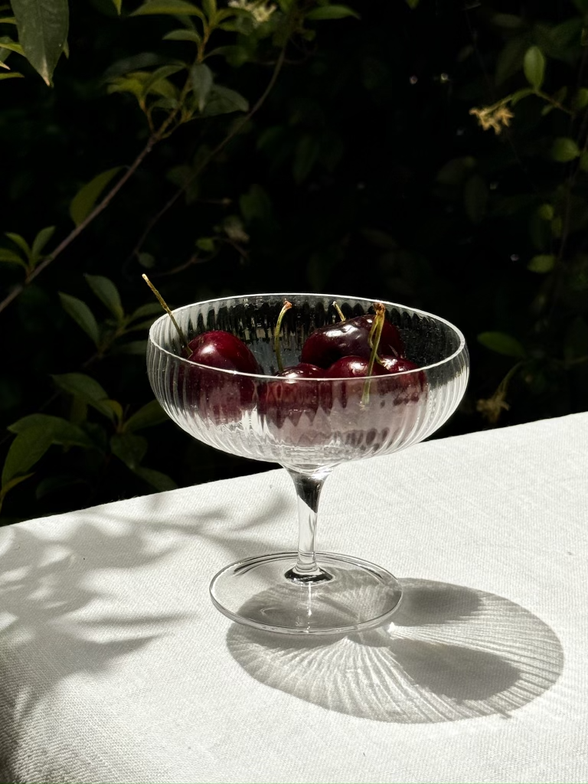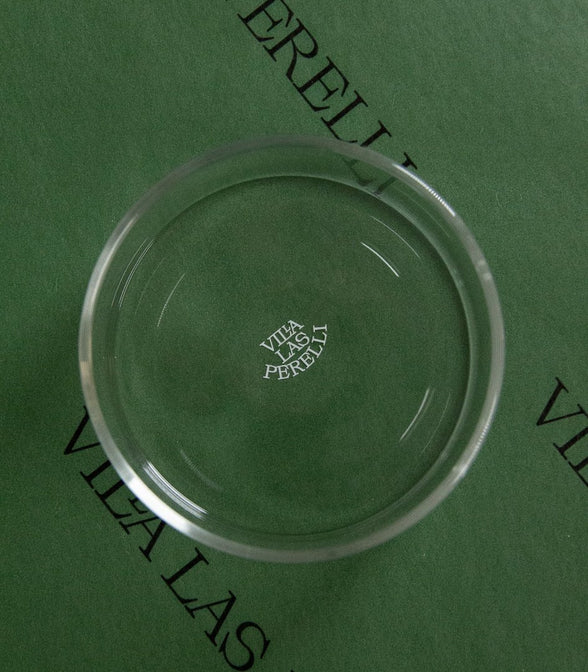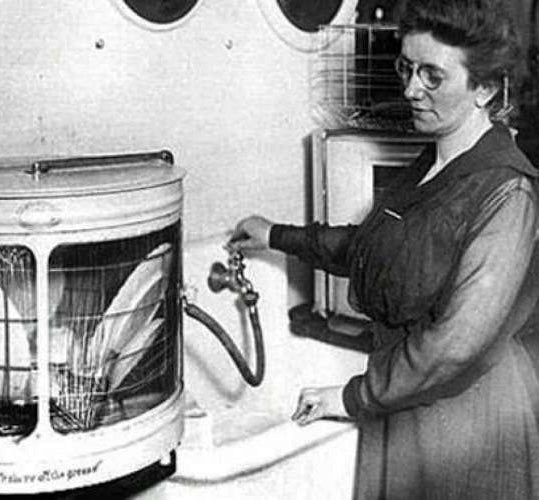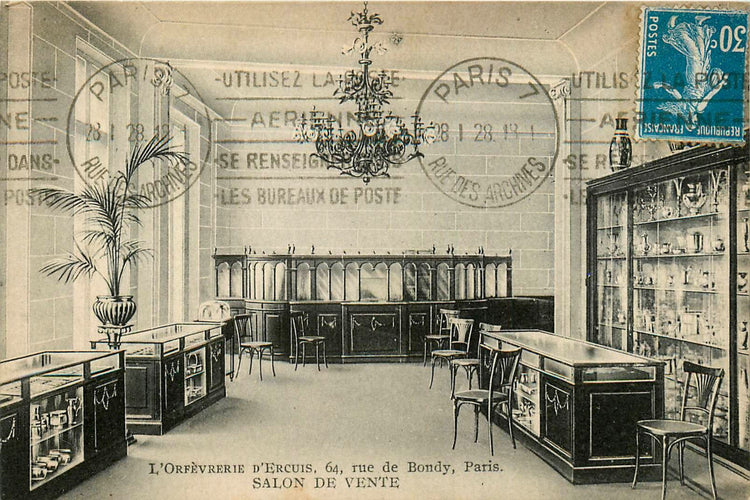Tiramisù
A modern story with classic flavour
Tiramisù is the fifth most well-known word from Italian cuisine abroad, and the first when it comes to desserts. The name tiramisù, in the Venetian dialect, means “tirami sù”—literally “pick me up”—referring to its energizing effect, both due to the coffee and because it is considered a light dessert.
The most documented version places the origin of tiramisù in the city of Treviso, in the Veneto region. It is said that during the 1960s, at the well-known restaurant Le Beccherie, chef Roberto Linguanotto and pastry chef Ada Campeol—the owner’s wife— invented this dessert. Tiramisù is based on sbatudin, a traditional preparation made from beaten egg yolk and sugar, typically given to children or newborns as a nutritious food, and incorporates mascarpone, savoiardi biscuits, coffee, and cocoa.
Other accounts trace its origin back to around 1959, in a handwritten tiramisù recipe by Norma Pielli, the longtime cook at a hotel in the town of Tolmezzo, in Friuli-Venezia Giulia. For locals, the fetta di mascarpone (slice of mascarpone) was served to hungry hikers and climbers in this mountainous area.
Although its true origin remains uncertain, tiramisù was traditionally a family dessert, served on special occasions in Italian homes. It was only from the 1980s onwards that it began to be commercialized, appearing on restaurant menus both in Italy and abroad. Its presence in international cookbooks increased interest in tiramisù, leading to many adapted versions—but the balance of the original—biscuits lightly soaked in coffee, mascarpone cream, and a dusting of cocoa—remains hard to improve upon.
We’ve shared our family tiramisù recipe in the Recipes section.

Tiramisù served in pieces of Villa Las Perelli
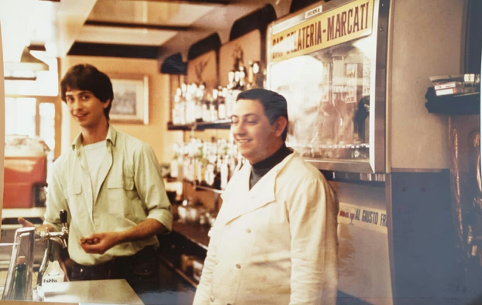
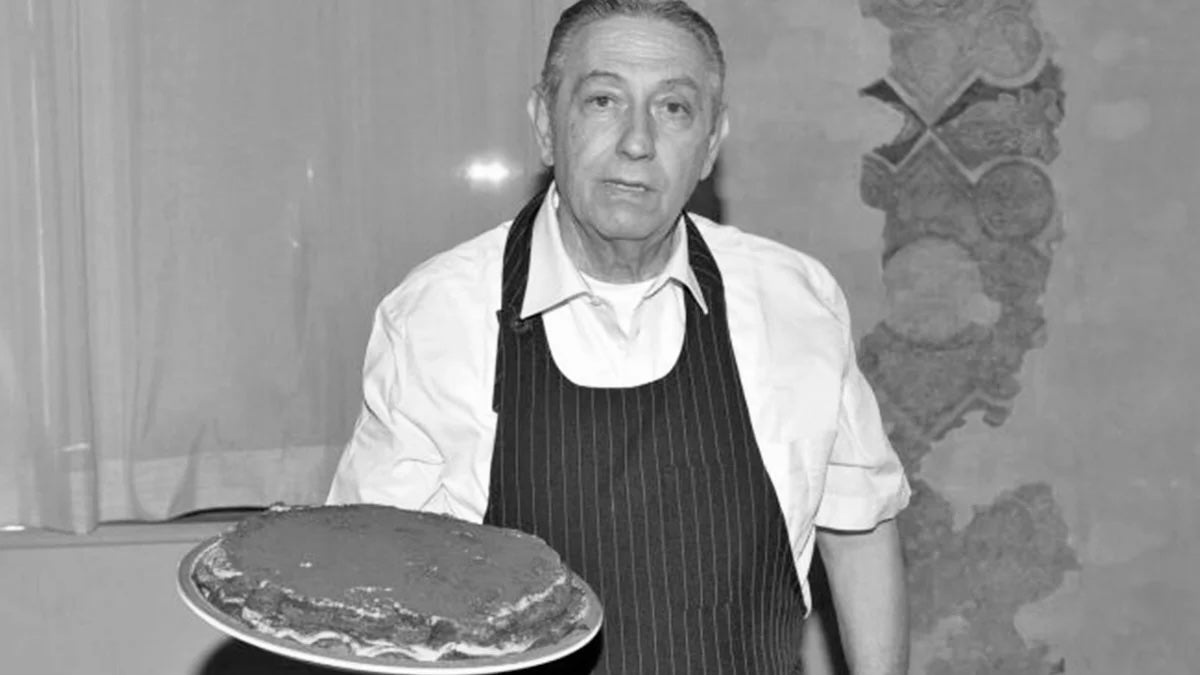
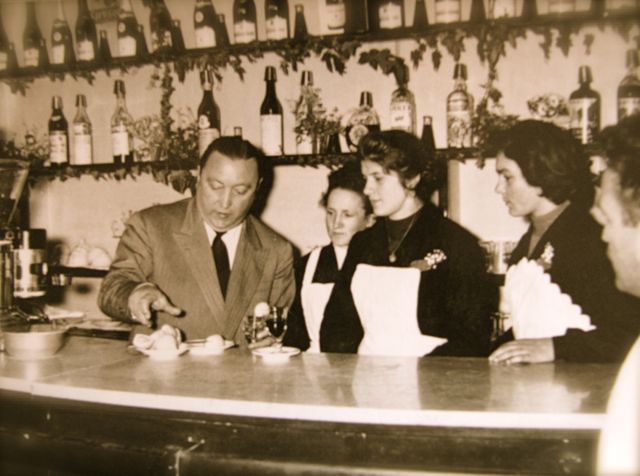
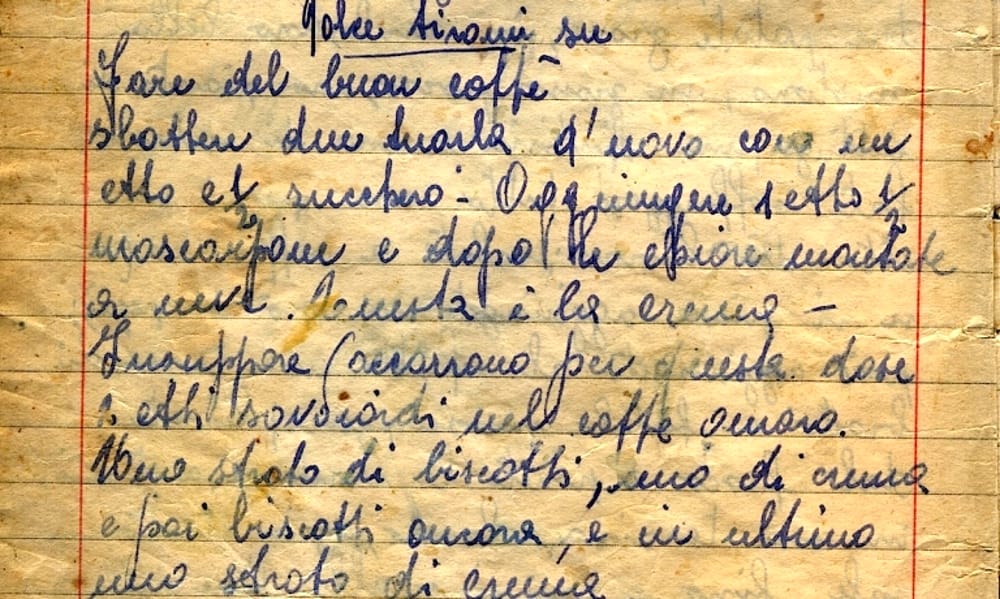
Chef Roberto Linguanotto and his son Fabio in the 1980s
Chef Roberto Linguanotto
Giuseppe Del Fabbro, teaching the waitresses at the bar of the Albergo Roma, gave the name tiramisu to the dessert created by his wife Norma Pielli.
Handwritten recipe by Norma Pielli


